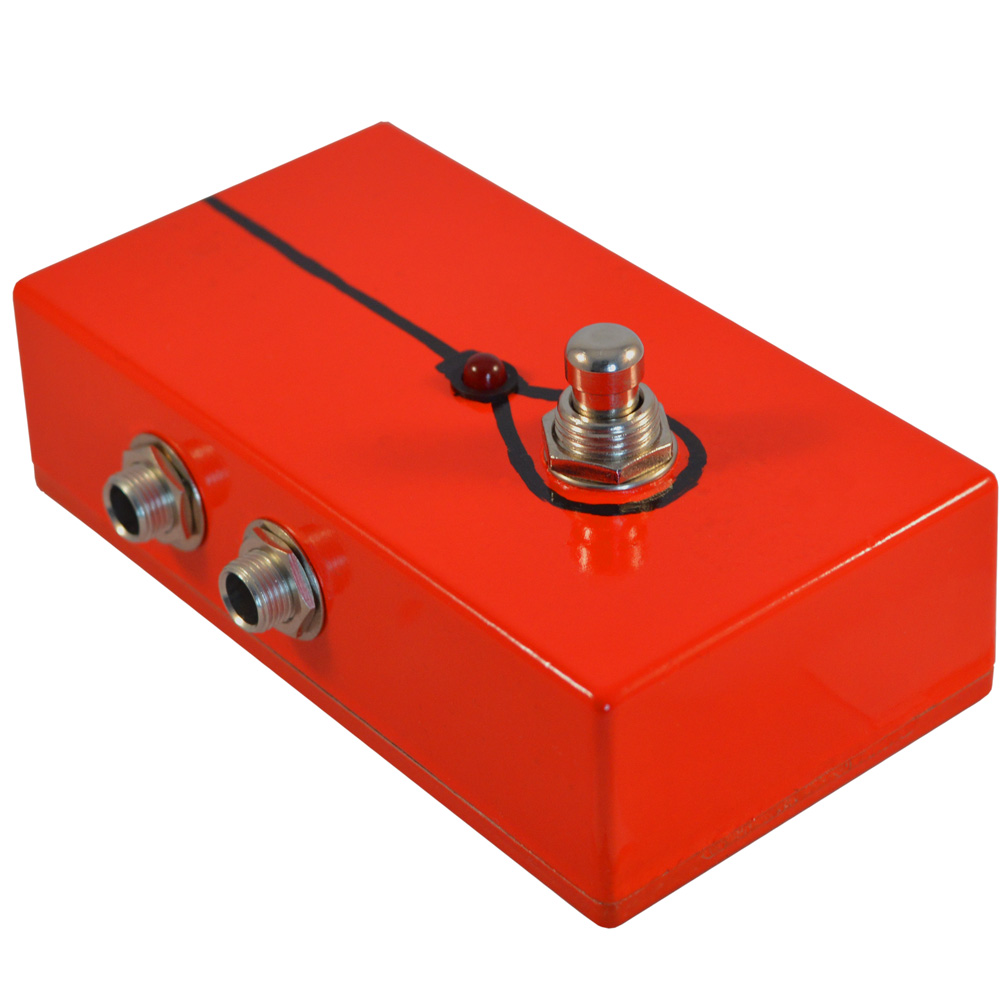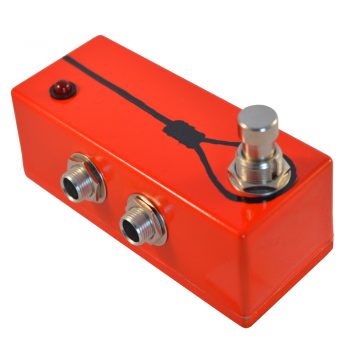One of the questions we’re most frequently asked here at Vein-Tap.com is; how long does the Noose True Bypass Looper record for?
What is a True Bypass Looper?
It’s a very different pedal that the Digitech Jamman or Boss Loop Station series of riff-recording pedals. A true bypass looper like the Noose doesn’t actually record sound and “loop” it back. A true bypass looper creates a loop in your signal path, similar to a loop of string, which can be easily switched in and out of the signal path. When the loop is engaged, the effect is placed into your signal path; when disengaged, it is completely removed from your chain.
Why would you want to do this?
Two major reasons initially spring to mind. The first is if you’ve got a beautiful, vintage effect pedal which sounds awesome when engaged but muddies or weakens your tone when disengaged – a process known as “tone suck“. As a fun experiment, check your tone with all your pedals in the chain but not engaged. Listen to the sound. Then plug your guitar directly into the front of your amp and have nothing in the effects loop (if you have one). Chances are it sounded brighter, crisper, and somehow better than before. This is tone suck, and your pedals are to blame.
A true bypass looper solves that problem. By placing the pedal in the loop of a true bypass looper, you can switch it in when you needed, giving you that awesome effect – but removing it entirely when not needed, saving you from tone suck.
Another is the solve the problem of tap dancing! If there’s a section of your set which requires a few pedals to be engaged all at once, put them all together in a single loop – you can press a single footswitch to place them all in your look at the same time. Phew!


